With roots dating back to the Han Dynasty (206 BC-220 AD), the Winter Solstice Festival is celebrated as the shortest day and longest night of the year. Its Chinese name, dongzi (冬至), literally translates to ‘winter’s extreme’. The festival holds similar importance to the Lunar New Year, evident in the phrase dong dai gwo nin (冬大過年), which translates to ‘winter larger than the new year’.
What is Winter Solstice Festival?
Falling on December 22, 2023 (Friday), the Winter Solstice Festival marks the arrival of extreme winter weather. It’s one of the more popular days celebrated in Hong Kong, just as it’s widely recognized across other parts of Asia. People are let out of work early to make it home for a nice and toasty dinner with family and friends.
The Winter Solstice Festival originates from the Chinese belief that when days are short, there’s not enough of the masculine and fiery yang energy in the yin-yang concept. By celebrating this day with close-knit family over hot foods, yang energy would be restored. The holiday has a strong connection to family and food, similar to most Chinese holidays, seeing families reunite over a happy, harmonious meal.
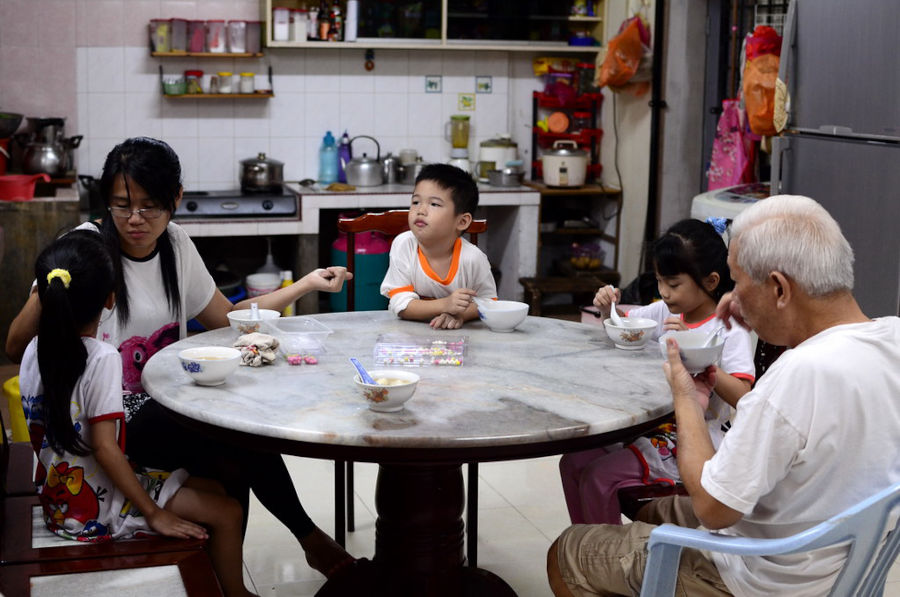
Another origination of this festival comes from a wise man who used a sundial to observe Earth’s shadows, leading to the conclusion that the Winter Solstice Festival is the shortest day and longest night of the year. On this occasion, the full moon appears higher in the sky than at any other time of the year. (In contrast, the full moon appears the lowest in the sky during the Summer Solstice.) Days get longer after the Winter Solstice and in auspicious terms, any unhappiness and negativity from the past are released to make way for a new beginning.
How do you celebrate the Winter Solstice Festival?
The festivities of this day emphasize warmth, harmony, and a sense of togetherness. In turn, this translates into particular foods eaten to represent these meanings. Families make glutinous rice balls, better known as tong yuen, for two big reasons — these goodies, come in sweet and savoury versions, are round, and in Chinese, tong yuen means reunion (the coming back together of things that were separate, like the lines of a circle). This traditional meal also recalls the shape of the full moon.
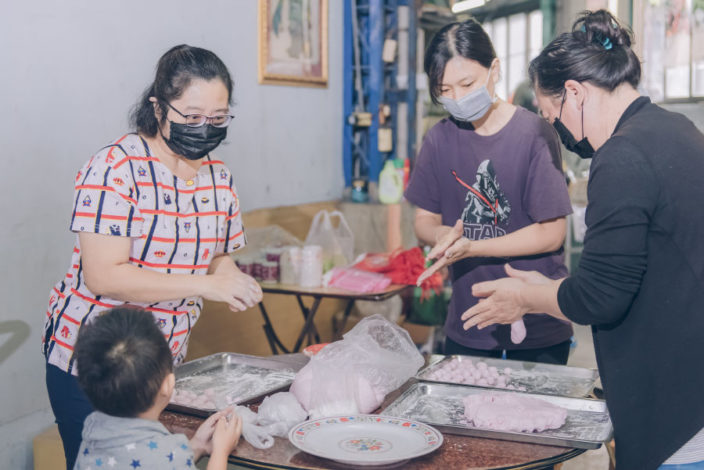
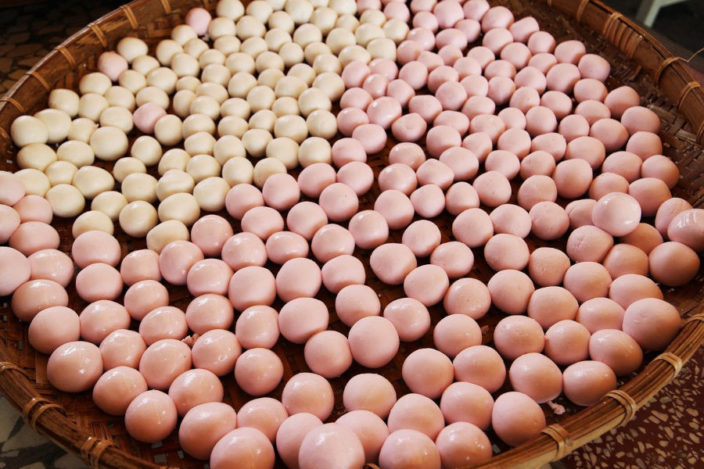
While the Winter Solstice Festival is not a public holiday, people leave work early to head home and prepare a nice family meal. For the traditional, this day marks a time to worship ancestors with sacrificial honouring. Families can visit tombstones or simply light incense candles at home.
Counting nines, called shujiu in Putonghua (數九), is another traditional pastime activity where people count down the days to spring. Popular in Northern China, this involves counting down nine days in nine cycles (81 days following Winter Solstice, after which spring should have arrived), with each cycle representing various occurrences, as told in a traditional rhyme. For example, in the first two cycles, people keep their hands warm in their pockets; in the third and fourth cycles, they walk on ice; in the eighth cycle, swallows appear; in the ninth and last cycle, cattle start roaming outdoors as the weather truly warms. In the cities like Hong Kong, the most commonly practised celebrations during the festival involve reuniting families and cooking a warm and hearty meal to relish.
What do you eat during Winter Solstice Festival?
Hot foods that restore yang energy are eaten to bring warmth to the body and spirit. As mentioned, the most common dish is tong yuen, with fillings like black sesame paste and crushed peanuts. Sometimes, they are made in bright pink and green to represent prosperous new beginnings. Wontons and dumplings, stuffed with different condiments, are also a biggie as they’re known to keep people warm and, according to ancient times, prevent frostbite.
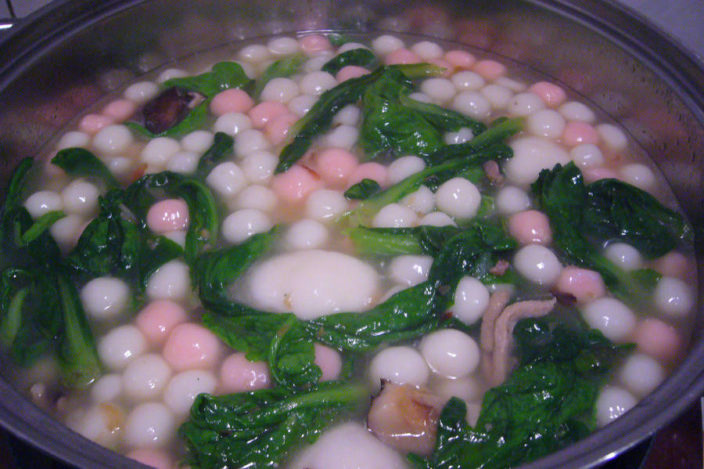
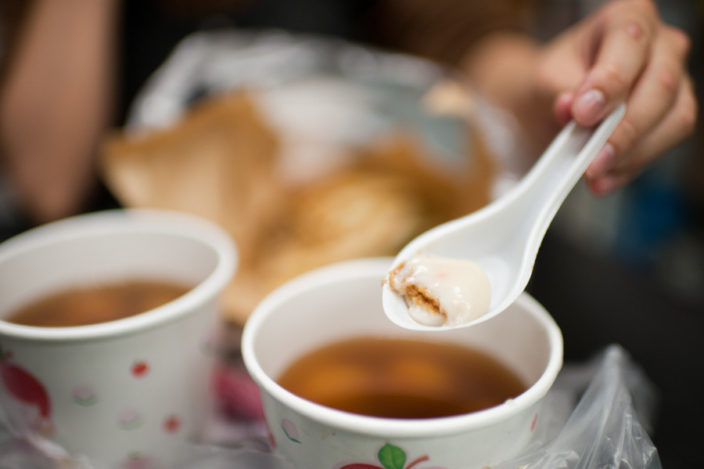
Hot pot is another significant winter pleasure, as people bond over one large pot to cook foods together while having fun and quality conversations. The pot is packed with delicacies like abalone, oysters and mushrooms, to name a few. With all the food must come a beverage, in this case, rice wine fermented with osmanthus flowers is downed to wash away anything that didn’t serve us in the past and remind us that spring is just around the corner.
Winter Solstice Festivals in other cultures
Winter Solstice Festival is celebrated in other Asian countries, like Korea, Vietnam, and Japan. Shared commonalities revolve around reunion of family and sharing a feast. Despite similarities, there are small, unique differences between the methods of celebration.
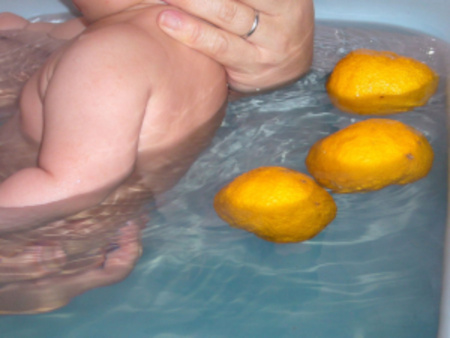
In Japan, people eat winter squash, called kabocha, as a way to pray for luck in financial abundance. The Japanese would also take hot baths infused with yuzu citrus fruits to refresh the mind and body, ward off illness and soothe dry winter skin.
In South Korea, people eat red bean porridge to drive away evil. The colour red is believed to keep bad spirits away while bringing in good luck. This is the day people wish for snow and gift calendars to represent a passage in time or socks to stay cosy.
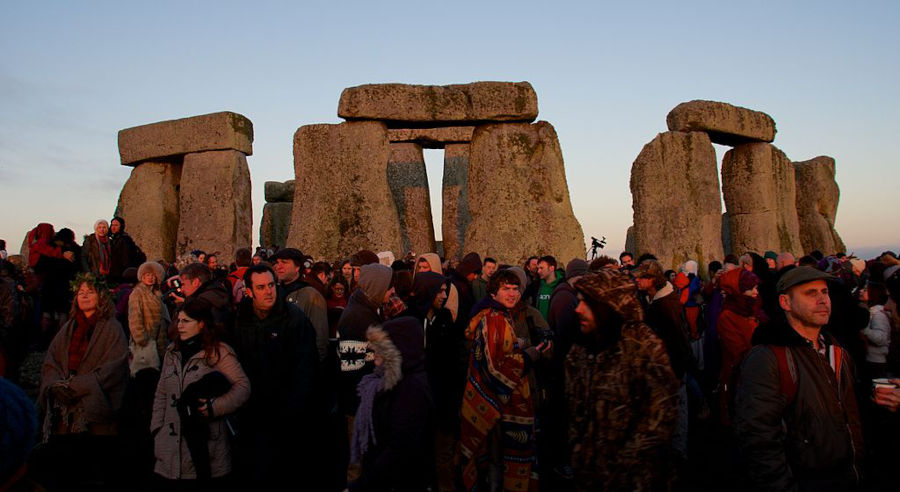
Western cultures also commemorate the Winter Solstice, notably in England (Cornwall and Brighton), with the lighting of lanterns and candles to signify a return of spring and that the symbolic light will keep burning. At Stonehenge, observers gather to watch the sun set on the shortest day of the year.
Other traditional Chinese festivals: Lunar New Year — Lunar New Year Fair — Birthday of Che Kung — Chinese Lantern Festival — Kwun Yum Treasury Opening Festival — Ching Ming Festival — Tin Hau Festival — Cheung Chau Bun Festival — Buddha’s Birthday — Birthday of Tam Kung — Dragon Boat Festival — Birthday of Kwan Tai — Qixi Festival — Hung Shing Festival — Hungry Ghost Festival — Mid-Autumn Festival — Monkey King Festival — Birthday of Confucius — Chung Yeung Festival — Winter Solstice Festival.
Header image credits: Lilywy via Pixabay




Add comment